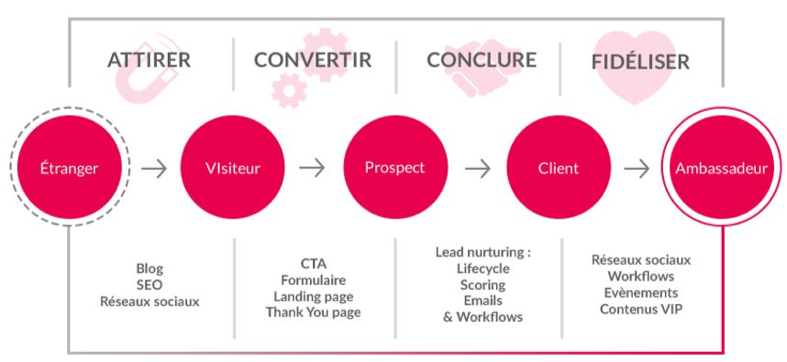There lead distribution plays a vital role in the effectiveness of modern marketing strategies. By optimizing the allocation of prospects to the appropriate sales teams and ensuring rigorous monitoring of the lead lifecycle, businesses can not only improve their conversion rates, but also maximize their ROI. A methodical and well-orchestrated approach to content distribution and affiliations allows you to attract and convert qualified leads, while guaranteeing increased responsiveness to prospect requests. In a context where every interaction counts, rethinking the lead distribution strategy is an essential strategic lever to stimulate growth and commercial efficiency.

Lead distribution is an essential element that can radically rethink your marketing strategy. By optimizing how you attract and convert leads, you open yourself up to new growth opportunities. This article explores the different facets of lead distribution and how it can not only improve your marketing effectiveness, but also strengthen your sales process.
Table des matières
ToggleThe Basics of Lead Distribution
Lead distribution starts with lead generation. It’s about capturing the interest of a targeted audience and transforming it into qualified leads. This means recognizing that not all prospects are equal. A good distribution system must be able to qualify these prospects based on their interest and potential to become customers. This requires suitable tools to collect precise data and to audit the lead generation.
The importance of partnerships for lead generation
Partnership and network strategies play a crucial role in lead distribution. By establishing strategic affiliations, businesses can attract prospects who are already interested in their services. This potential for collaboration offers an opportunity to directly connect prospects with solutions tailored to their needs. This, in turn, can significantly increase the conversion rate through a targeted approach.
Assigning leads to maximize their potential
A fundamental aspect of effective lead distribution is proper attribution. This means understanding the unique characteristics of each prospect and assigning them the most knowledgeable salesperson to engage them. A good lead attribution strategy helps streamline the sales process, ensuring that each prospect receives the attention they deserve. It can also help reduce the time it takes to convert leads into actual customers.
Optimize content distribution to attract leads
Content distribution is another important facet of lead generation. By delivering relevant and captivating content, you stimulate the interest of your target audience. This involves choosing the right channels and timing to maximize your reach. By creating high-quality content that meets the needs of your prospects, you strengthen your positioning as an expert in your field, increasing your chances of conversion.
The role of inbound marketing in lead distribution
Inbound marketing is a strategy that focuses on attracting prospects rather than direct sales. This involves creating content that resonates with your audience’s challenges and interests. By integrating inbound marketing into your marketing process lead distribution, you can improve your visibility and build stronger relationships with your prospects. This fosters an environment where prospects feel valued and more likely to convert into customers.
Measure and adjust your lead distribution efforts
Finally, to ensure the effectiveness of your strategy, it is crucial to put monitoring and analysis systems in place. By measuring the performance of the different channels and messages you use, you can continually adjust your marketing efforts. lead generation. This includes evaluating your sales rep performance and conversion rates. Regular reassessment helps optimize resources and improve your approach over time.
Axcient looks to automate distribution of leads to motivated MSP partners with new Lead Generation Program https://t.co/DIeQ0fdUzS pic.twitter.com/9tPjHQlMYX
— Robert Dutt (@robdutt) September 12, 2019














